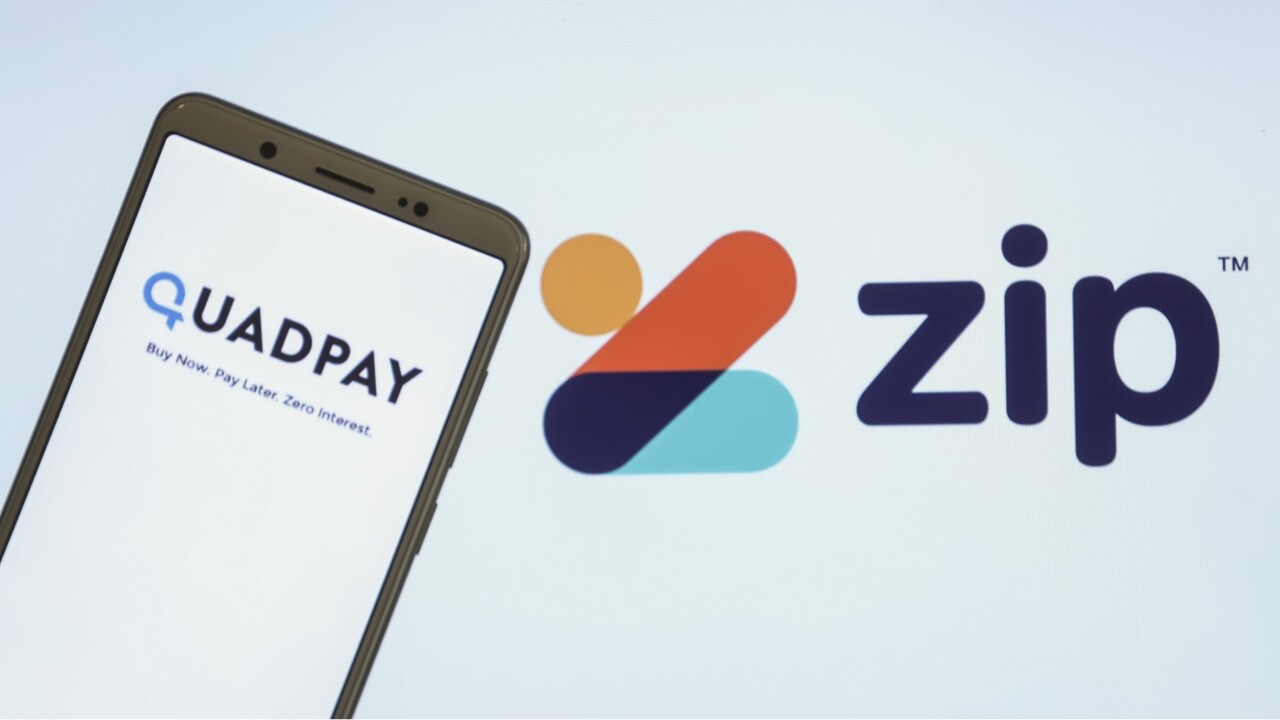Emily Olle: It’s time to regulate buy now, pay later services and give real cost of living assistance
It’s time to close the lending loophole – and protect those most vulnerable, writes Emily Olle.

Opinion
Don't miss out on the headlines from Opinion. Followed categories will be added to My News.
With grocery bills soaring, cost of living on the rise and a mega rate hike set to take effect, “buy now, pay later” services have never seemed more attractive.
Bunnings announced last week it would be introducing Afterpay at its check-outs, while major supermarkets have now introduced PayPal’s pay later service.
But when a staggering number of young Australians are going without food just to meet repayments, access to these modern day debt traps needs to be regulated – and fast.
The adage of “if it seems too good to be true, it probably is” has never rung truer when it comes to the promise of instant, interest-free cash.
Don’t believe it? Just look at how they make money.
Providers charge retailers about 4 per cent to 6 per cent per transaction for the privilege of using the service. But why would they agree to pay? Because they know they will get people to buy things they otherwise wouldn’t by making them less aware of their spending.
These services exploit legislative loopholes which allow them to evade consumer laws around lending, meaning there is no onus to consider borrowers’ other debts, capacity for responsible repayment, credit history or potential to overspend.
The industry’s self-regulated nature means loans are more accessible to young people, lower income earners or those without stable incomes who would otherwise be unable to access credit.
The target market shows – 60 per cent of BNPL users in Australia are 18–34 years old.
Now, many Australians struggling to make ends meet are now relying on these services just to stay alive.
A survey by consumer group Choice last year found one in six BNPL customers were borrowing to cover supermarket purchases and one in seven to cover power bills.

In 2020, the Australian Securities and Investments Commission (ASIC) found that one in five BNPL users missed instalments and had to pay late fees.
One in five had also cut back on, or went without, food and other essentials in order to make repayments on time.
Of them, almost half (49 per cent) were young, aged 18 to 29.
These services can also cause long-term harm to young first home buyers’ borrowing capacity, with banks now taking BNPL debts into account when conducting home loan assessments.
Last month, the US Consumer Financial Protection Bureau – a regulatory body created in the wake of the 2008 financial crisis to crack down on predatory lending – announced plans to begin regulating BNPL services and bring them into line with credit card companies.
The UK Financial Conduct Authority also issued a warning to BNPL services over potential breaches of the country’s Financial Services Act, with concerns that advertisements did not adequately warn of the services’ potential financial risks.
In August, Australian Financial Services Minister Stephen Jones flagged a shake-up of the BNPL industry to “level the playing field”, with an issues paper around regulation set to drop this month and changes to come into effect by mid-2023.
While its findings remain to be seen, it is the government’s responsibility to protect vulnerable Australians from falling into the BNPL trap and provide real, tangible cost of living assistance.
Just not in the form of four, fortnightly repayments.





